10 Best & Fastest Smartphone Processors in 2024
In the world of mobile technology, System on Chip (SoC), commonly known as chipsets, are crucial components of a smartphone. When a new phone is launched, people often focus on the type of chipset it uses. Have you noticed this trend too?
Paying attention to the chipset is a smart move when considering a new phone purchase. The chipset acts like the brain of the smartphone. A slow processor can significantly impact the phone's performance.
If you're in the market for a phone with a top-notch chipset, consider choosing from one equipped with one of these top 10 chipsets.
This ranking is derived from various benchmarks, including AnTuTu scores, and user experiences with phones utilizing these processors. While this list is not definitive, it provides a good comparison of different chipsets and their capabilities.
Let's take a look into the list of the best chipsets ranked according to their performance in benchmark tests!
1. Apple A17 Pro
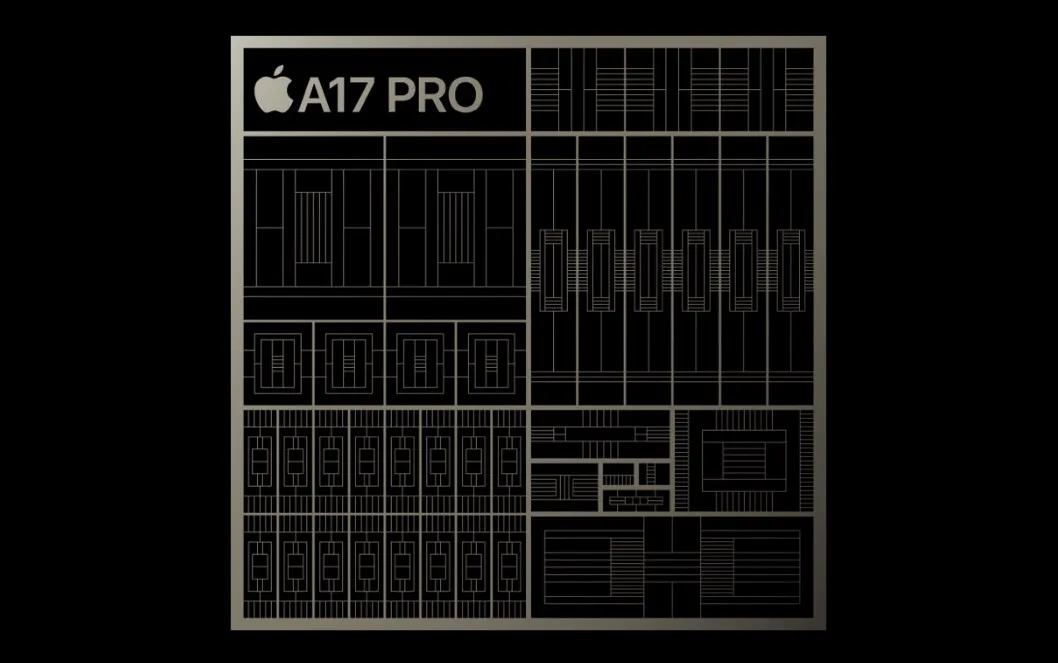
Apple has introduced a change with their latest chipset, used in the iPhone 15 Pro and iPhone 15 Pro Max. They've named it the Apple A17 Pro, setting aside the "Bionic" suffix. This chipset is noteworthy as the world's first to be manufactured using 3 nm technology by TSMC (Taiwan Semiconductor Manufacturing Company).
With the Apple A17 Pro, Apple aims to elevate the gaming experience beyond what the previous Apple A16 Bionic offered. According to the company, this new processor exhibits a 20% improvement in graphics processing compared to its predecessor.
Not only graphics, but the CPU performance has also seen a boost, albeit a modest 10% increase. Additional enhancements include doubled speed in AI processing through the neural engine and quadrupled efficiency in ray tracing capabilities. These advancements stem from the more advanced fabrication process and the chipset's upgraded components.
The structure of the Apple A17 Pro's CPU remains similar to that of the A16, with six cores in total – two designed for high performance and four for efficiency.
Upon the release of the iPhone 15 Series, Apple did not specify the chipset's CPU clock speed. However, according to CPU Monkey, the performance cores of the Apple A17 Pro operate at 3.7 GHz, and the efficiency cores at 2.2 GHz.
The improvement in graphics processing is also due to an increase in the number of GPU cores, from five to six. CPU Monkey reports that this Apple chipset's GPU runs at 0.7 GHz.
For ray tracing, the speed enhancement is attributed to the GPU now handling this process, a shift from the software-based approach in the Apple A16 Bionic.
CPU Monkey also provides information on the GeekBench 6 scores for the Apple 17 Pro. It achieved 2788 points in single-core performance and 6845 points in multi-core performance.
2. Apple A16 Bionic
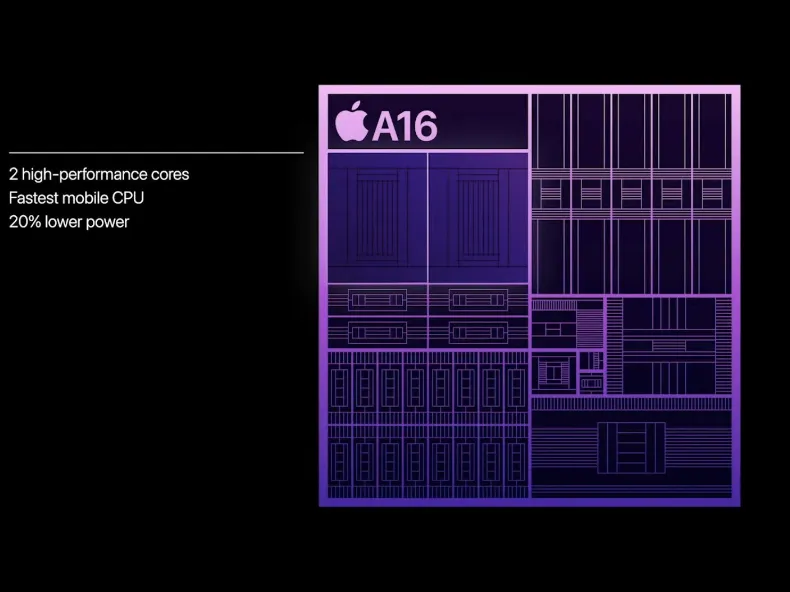
The Apple A15 Bionic, the powerhouse in the iPhone 13 series, has been a remarkable chipset since its debut in 2021. In fact, in 2022, it still outperformed many top-end Android phone chipsets.
However, the one to surpass the A15 Bionic's capabilities is its successor from Apple, the A16 Bionic. This newer chip showcases faster data processing abilities and significant improvements in its graphics processing unit (GPU). Additionally, the A16 Bionic incorporates advanced AI technology to enhance photo quality.
In terms of technical details, the A16 Bionic maintains the six-core structure of its predecessor. It features two high-performance cores, nicknamed "Everest," clocking in at 3.46 GHz, and four efficiency cores, known as "Sawtooth," with a speed of 2.02 GHz.
The A16 Bionic is crafted using TSMC's 4 nm fabrication process, which contributes to its superior performance in various tests. In contrast, the A15 Bionic was made with a 5 nm process and contained approximately 16 million transistors.
The A16 Bionic has notably boosted the speed of the iPhone, being the chosen processor for the iPhone 14 Pro and iPhone 14 Pro Max. These models were launched alongside the iPhone 14 and iPhone 14 Plus.
However, the iPhone 14 and iPhone 14 Plus are equipped with the A15 Bionic chip, similar to the iPhone 13 series. The key difference is that the A15 Bionic in the iPhone 14 models has five GPU cores, compared to the four in the iPhone 13 series.
According to Antutu.com, the A16 Bionic scored an impressive 944,324. For Geekbench ratings, the iPhone 14 Pro scored 2,502 in single-core and 6,298 in multi-core performance.
3. Dimensity 9200+
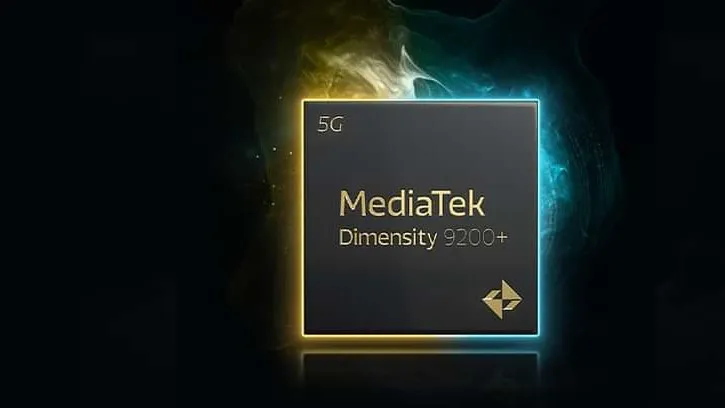
Another SoC competing with the Snapdragon 8 Gen 2 in terms of performance is the Dimensity 9200+ from MediaTek. Released in May 2023, this SoC is an enhanced version of the Dimensity 9200, which debuted in November 2022.
MediaTek's upgrade primarily focused on boosting the CPU and GPU performance. The company reports a 10 percent improvement in both CPU and GPU capabilities, largely due to increased clock speeds. Specifically, the GPU component saw a notable 17 percent rise in clock speed.
The Dimensity 9200+, also referred to as Dimensity 9200 Plus, retains the same structure as its predecessor. It features an eight-core CPU with a 1+3+4 configuration and is manufactured using 4 NM technology by TSMC.
This CPU comprises one Cortex-X3 prime core operating at 3.35 GHz, three Cortex-A715 medium cores at 3 GHz, and four Cortex-A510 efficiency cores at 2.0 GHz. The SoC also includes an 11-core Mali-G715-Immortalis GPU, which reaches a maximum speed of 1147.77 MHz.
Apart from the clock speed enhancement, the features of the Dimensity 9200+ mirror those of the Dimensity 9200. These include a GPU with hardware ray tracing support, the MediaTek APU 680 AI processing chip, and the MediaTek Imagiq 890 image processor.
The SoC also supports RAM up to LPDDR5X, UFS 4.0 storage, camera resolutions up to 320 MP, and is capable of producing 8K 30 fps videos. Additionally, it supports WiFi 7, Bluetooth 5.3, and can accommodate displays with resolutions up to WQHD (2K) and a refresh rate of 144 Hz.
According to data from Nano Review, the Dimensity 9200's AnTuTu score stands at 1.3 million, which is 6 percent higher than the standard Snapdragon 8 Gen 2. For GPU performance, as measured in the 3DMark Wild Life Performance (Vulkan), it scores 12 thousand, slightly edging out its competitor by 2 percent.
In terms of CPU performance on Geekbench 5, the Dimensity 9200+ scored 1487 in single-core tests and 5380 in multi-core scenarios.
4. Snapdragon 8 Gen 2
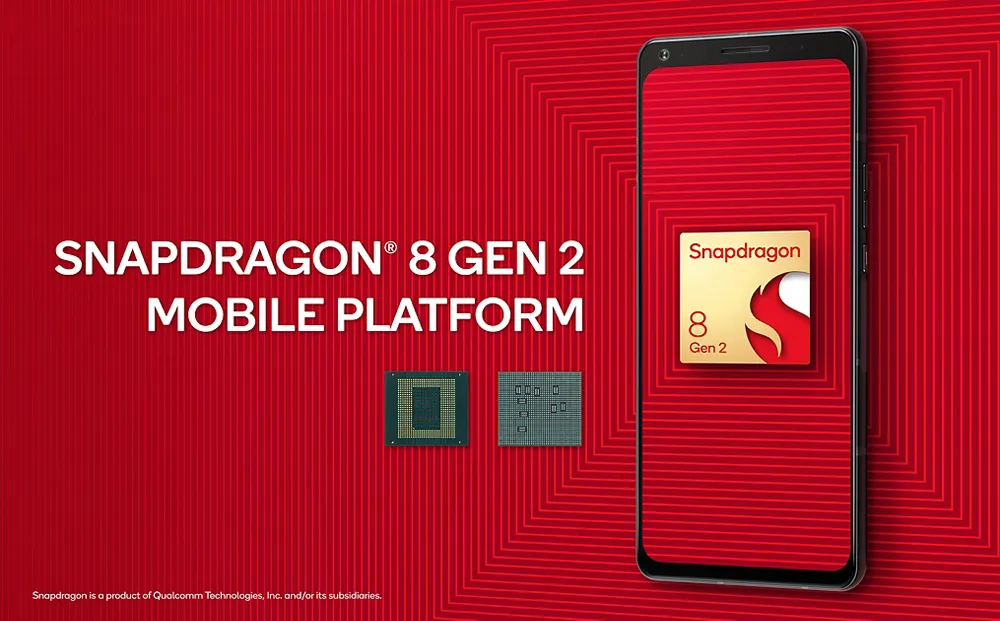
On November 16, 2022, Qualcomm unveiled the Snapdragon 8 Gen 2, the latest SoC and the successor to the Snapdragon 8 Gen 1. This chipset brings several outstanding features.
It supports LPDDR5x RAM and UFS 4.0 internal storage, along with WiFi 7 connectivity. The Adreno 740 GPU now includes ray tracing acceleration and hardware for the AV1 codec. TSMC's 4 nm manufacturing process is still in use for this chipset.
Qualcomm states that performance and power efficiency have improved due to a new microarchitecture. Specifically, the CPU is 35% faster and 40% more power-efficient, while the GPU offers a 25% speed increase with 45% less power usage compared to the Snapdragon 8 Gen 1. So, what does the Snapdragon 8 Gen 2 contain?
Starting with the Kryo CPU, Qualcomm departs from its usual 1+3+4 configuration, opting instead for a 1+4+3 layout. Dominic Preston from Tech Advisor suggests that this change, with more high-performance cores, enhances the chipset's ability to handle demanding games and applications. Another interesting aspect is in the second cluster of cores.
This cluster includes two Cortex A715 and two Cortex A710 cores, each tuned to 2.8 GHz. This dual microarchitecture is used because the Cortex A715 supports only 64-bit games and applications, while the Cortex A710 can handle high-speed 32-bit software.
The chipset's first CPU cluster features one Cortex X3-based core (3.2 GHz), and the third, or efficiency cluster, has three Cortex A510-based cores (2.0 GHz).
Moving to other components, the Snapdragon 8 Gen 2 has a Spectra image processor supporting 200 MP camera resolution. The Hexagon AI processor shows a 4.35x increase in capability and 60% increase in efficiency over its predecessor.
The chipset also supports up to 4K 60 Hz resolution displays, or 2K at a 144 Hz refresh rate. Additionally, it includes an internal 5G X70 RF modem and is compatible with Bluetooth 5.3.
Phones featuring the Snapdragon 8 Gen 2 include ASUS ROG Phone 7, Xiaomi 13 Series, OnePlus 11, iQOO 11 series, and vivo X90 Pro+. Samsung's Galaxy S23 Series also uses this chipset, with an increased clock speed variant known as "Snapdragon 8 Gen 2 for Galaxy".
This same SoC, under the name "Snapdragon 8 Gen 2 Leading Version", is used in other models like the RedMagic 8S Pro.
In terms of performance, the Snapdragon 8 Gen 2 scores vary by phone model but generally range from 1.2 million to 1.3 million on AnTuTu benchmarks. For Geekbench, scores are around the 1400s for single-core and 4900s for multi-core.
5. Dimensity 9200
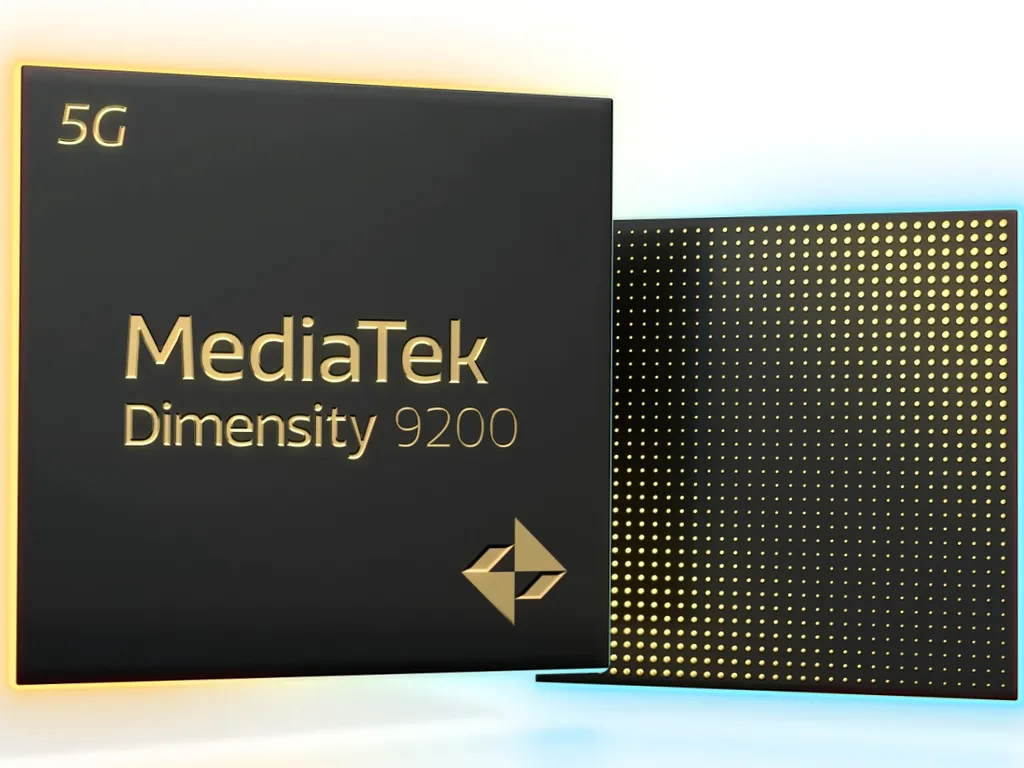
On November 8, 2022, MediaTek revealed the Dimensity 9200, a high-end chipset or SoC (System on Chip). This chipset is manufactured using 4 nm technology by TSMC (Taiwan Semiconductor Manufacturing Company).
The Dimensity 9200 brings several improvements over its predecessor, the Dimensity 9000. These include enhanced computing and graphics processing capabilities.
MediaTek reports that the Dimensity 9200 shows a 10% increase in single-core performance and a 12% rise in multi-core performance compared to the Dimensity 9000. Additionally, it offers a 25% improvement in power efficiency.
In terms of graphics, there is a 32% boost in performance over the Dimensity 9000, while maintaining the same power consumption. This increase is largely due to the chipset's brand-new components.
Looking at the CPU, the Dimensity 9200 follows the standard 1+3+4 cluster configuration seen in flagship chipsets. It uses the Cortex X3 (3.05 GHz), Cortex A715 (2.85 GHz), and Cortex A510 (1.8 GHz) microarchitectures.
For graphics, the Dimensity 9200 introduces the Immortalis-G715 GPU, the first to use this new model. MediaTek has not specified the number of cores in this ARM-made GPU. Notably, it supports hardware-based ray tracing technology, similar to computer GPUs.
Updates were also made to the AI processor, image processor, and display processor. The MediaTek APU 690 AI processor is 35% more efficient than its 5th generation predecessor. The MediaTek Imagiq 890 image processor now supports RGBW (Red, Green, Blue, White) sensors, enhancing the camera's light-capturing ability by 30%. This processor supports up to 320 MP cameras and 8K 30 fps video recording.
The Dimensity 9200 also includes the MiraVision 890 display processor, which reinforces Full HD+ displays with a 240 Hz refresh rate, or 2K (WQHD) at 144 Hz. It also incorporates DisplayPort support for external displays via USB-C, with the capability to handle 8K video.
In terms of memory support, the Dimensity 9200 is the first SoC to be compatible with LPDDR5X RAM and UFS 4.0 storage. The UFS 4.0 storage includes the added benefit of MCQ (Multi-Circular Queue) technology.
For connectivity, the chipset includes a built-in 5G modem capable of handling Sub6 and mmWave signals and is the first to support WiFi 7. It also supports Bluetooth 5.3.
The Dimensity 9200's performance scores are impressive, with an AnTuTu 9 score exceeding 1,265,328. On GeekBench 5, it achieved 1424 in single-core and 4471 in multi-core tests.
Smartphones utilizing the Dimensity 9200 include the vivo X90, OPPO Find X6, and vivo X90 Pro.
6. Apple A15 Bionic
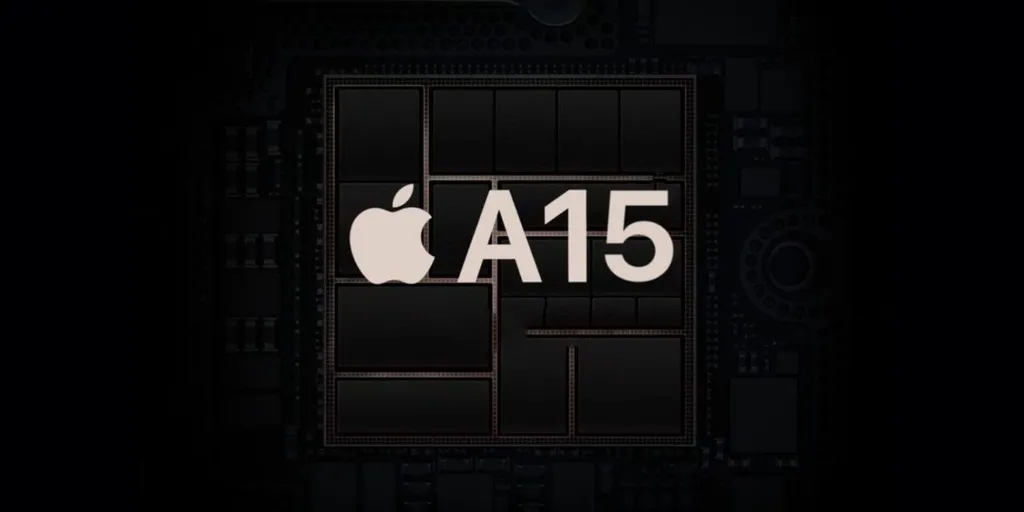
The Apple A15 Bionic is the key chipset for the iPhone 13 series. Apple acclaim this chipset for its enhanced speed, particularly in data processing. This boost is partly due to its new graphics processing unit (GPU), an upgraded neural engine, and advanced AI technology contributing to superior photo quality.
Like its predecessor, the A14 Bionic, the A15 Bionic relies on two high-performance cores and four efficiency cores.
However, the A15 Bionic stands out with its 15 billion transistors, surpassing the A14 Bionic's count of around 11 billion. In performance tests, the A15 Bionic scores 1,746 in single-core and 4,772 in multi-core on Geekbench.
The A15 Bionic powers several Apple devices, including the iPhone 13, iPhone 13 Mini, iPhone 13 Pro, iPhone 13 Pro Max, and the third-generation iPhone SE. It's also the driving force behind the sixth-generation iPad Mini.
7. Dimensity 9000 Plus
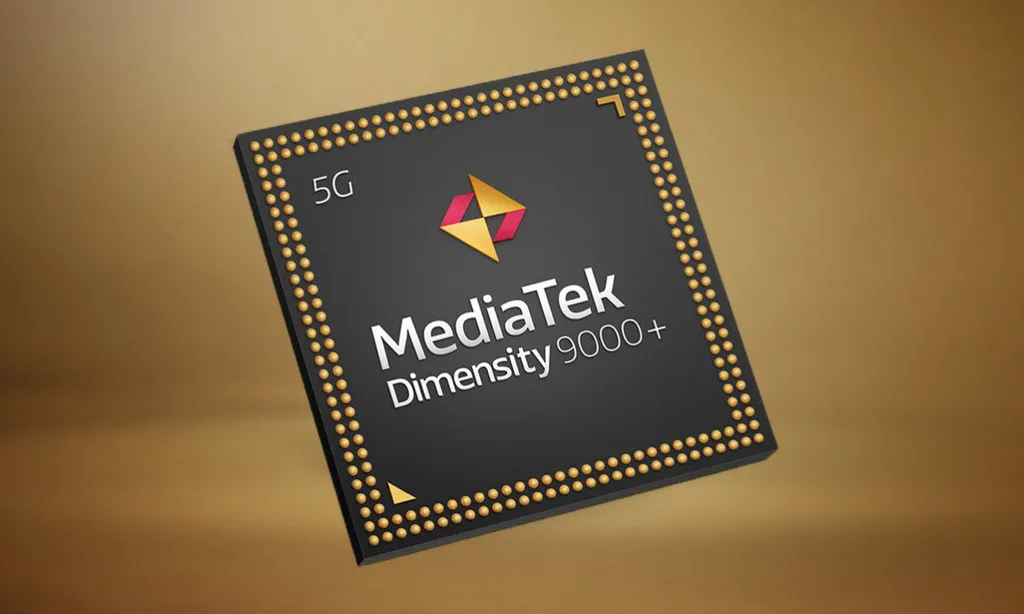
The Dimensity 9000 is a chipset that competes directly with the Snapdragon 8 Gen 1. In response to Qualcomm's release of the Snapdragon 8+ Gen 1 in May 2022, an upgraded version of the Snapdragon 8 Gen 1, MediaTek introduced the Dimensity 9000 Plus in June 2022.
The "Plus" in the name signifies performance enhancements. The most significant improvement is a 5% increase in clock speed for the Cortex-X2 single core, from 3.05 GHz to 3.2 GHz. MediaTek also reports that the GPU in this chipset has seen over a 10% increase in graphics performance compared to the Dimensity 9000.
Additional features of the Dimensity 9000 Plus include the Mali-G710 MC10 GPU and an integrated 5G modem capable of speeds up to 7 Gbps. Although it lacks mmWave connectivity, this is not a significant issue as many countries are adopting 5G SA and NSA networks.
In terms of performance, the Dimensity 9000 Plus stands out. According to data from Nanoreview, it scores 1,327 in single-core and 4,307 in multi-core tests. These scores are slightly higher than those of the Snapdragon 8+ Gen 1, which scores 1,271 in single-core and 3,832 in multi-core.
This superior performance is also reflected in devices using this chipset. For example, the ASUS ROG Phone 6D Ultimate, powered by the Dimensity 9000 Plus, outperforms the Xiaomi 12S Ultra, which uses the Snapdragon 8+ Gen 1, in tests conducted by GSMArena.
8. Snapdragon 8+ Gen 1
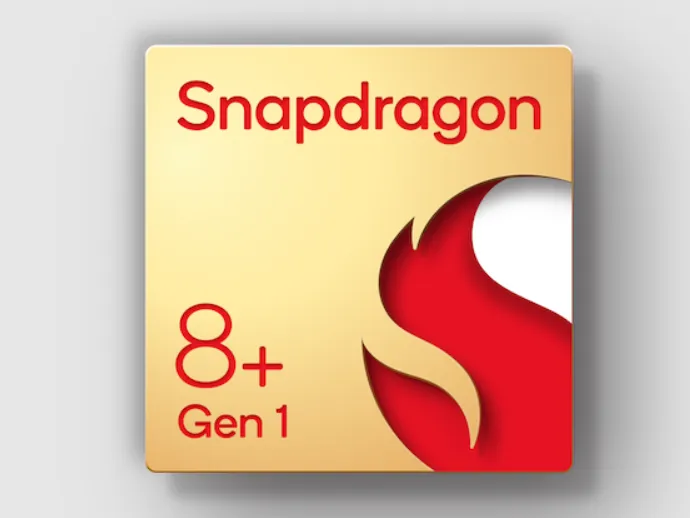
Released in the third quarter of 2022, the Snapdragon 8 Plus Gen 1 is the updated version of the Snapdragon 8 Gen 1 from late 2021. This chipset is featured in several flagship phones, such as ASUS ROG Phone 6 Series, Xiaomi Mi 12T Pro, and realme GT2 Master Explorer Edition.
What sets this Plus variant apart, making it faster than the regular version? For starters, both the processor and the graphics processing unit (GPU) are reportedly 10% faster than the Snapdragon 8 Gen 1.
Additionally, the chipset's power efficiency has improved by 30%, and there's a 20% increase in Artificial Intelligence (AI) performance.
The processor's architecture remains the same as before, using the ARM v9 in a 1 + 3 + 4 configuration. However, the capabilities of the processor have been further enhanced.
The processor consists of eight CPU cores, including one Cortex X2-based Kryo Prime core (boosted to 3.2 GHz from the regular 3.0 GHz), three Cortex A710-based Kryo Gold performance cores (increased to 2.75 GHz from 2.5 GHz), and four Cortex A510-based Kryo Silver power-saving cores (upgraded from 1.8 GHz to 2.0 GHz).
Interestingly, Qualcomm has overclocked not just the prime core but also the other two clusters. This means that smartphones using this chipset will likely experience a more prominent performance improvement compared to those with regular chipsets, even more so than the upgrade from Snapdragon 888 to 888+.
The chipset also includes an Adreno 730 GPU running at 900 MHz, a step up from the Snapdragon 8 Gen 1 GPU which runs at 818 MHz.
Supporting the latest in cellular network technology, the chipset is equipped with the X65 5G modem, capable of theoretical download speeds up to 10 Gbps and upload speeds up to 3 Gbps. Other connectivity features include FastConnect 6900, Bluetooth 5.3, and WiFi 6E.
9. Dimensity 9000

The Dimensity 9000 is a formidable competitor in the high-end chipset market, challenging manufacturers like Qualcomm and Samsung with its impressive performance.
According to MediaTek's claims, this chipset scores 1,007,847 on AnTuTu 9. In Geekbench 5 tests, it achieves 1,239 in single-core and 4,168 in multi-core performance, slightly surpassing the Snapdragon 8 Gen 1.
The Dimensity 9000 utilizes the Armv9 architecture, a more advanced technology compared to the ARM version 8 found in chipsets like the Apple A14 Bionic.
Manufactured by TSMC using a 4 nm process, the Dimensity 9000 includes a three-cluster processor setup. These clusters comprise a single-core Cortex X2 clocking at 3.05 GHz, a three-core Cortex A710 at 2.85 GHz, and a four-core efficiency Cortex A510 running at 1.8 GHz. The GPU is a 10-core Mali G710.
This chipset supports the high-speed LPDDR5x type RAM, capable of speeds up to 7500 Mbps. It also features a 5G modem that supports a downlink of up to 7Gbps and 3CC Carrier Aggregation (300MHz).
Smartphones powered by the Dimensity 9000 include vivo X80, Tecno Phantom X2 and X2 Pro, and the Honor 70 Pro+.
10. Snapdragon 8 Gen 1

The Snapdragon 8 Gen 1, succeeding the Snapdragon 888 and 888+, is a cornerstone for high-end smartphones. It encompasses a 20 percent increase in CPU capabilities and 30 percent better power efficiency compared to the Snapdragon 888.
This chipset is Qualcomm's first to utilize the Armv9 CPU architecture. It consists of three processor clusters: the main processor is a Cortex-X2 running at 3.0 GHz, followed by three Cortex-A710 cores at 2.5GHz, and four Cortex A510 cores operating at 1.8 GHz.
On the GPU front, the Snapdragon 8 Gen 1 features the Adreno 730 GPU. Qualcomm claims this GPU offers a 30 percent improvement in graphics and 25 percent power savings compared to the Snapdragon 888 series. Additionally, it includes a Vulkan API feature, which is 60 percent faster and beneficial for advanced 3D and emulator games requiring high graphics.
Several high-end phones are powered by the Snapdragon 8 Gen 1, including the Xiaomi 12 and 12 Pro. In most regions, the Samsung Galaxy S22 series also uses this chipset, catering to markets like Southeast Asia.
Performance-wise, the Snapdragon 8 Gen 1 stands out. It achieves AnTuTu 9 scores ranging from 900 thousand to 1 million. For instance, the OPPO Find X5 Pro scored around 1 million on AnTuTu 9, and the iQOO 9 Pro also approaches this score.
This overview of top mobile chipsets highlights options for those seeking a fast and premium smartphone. Choosing a device with one of these chipsets from the list is a good strategy for those looking for exceptional performance.
